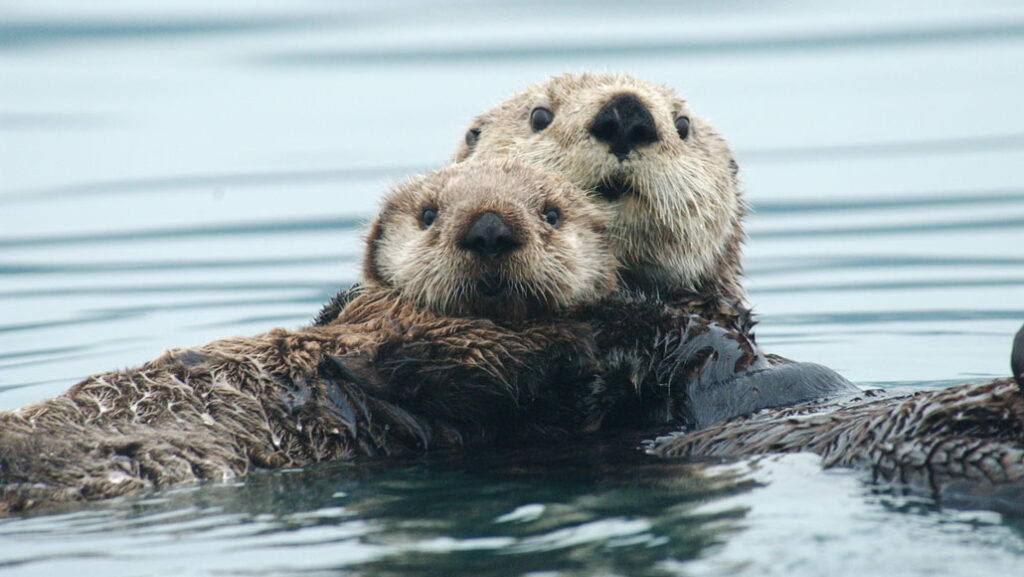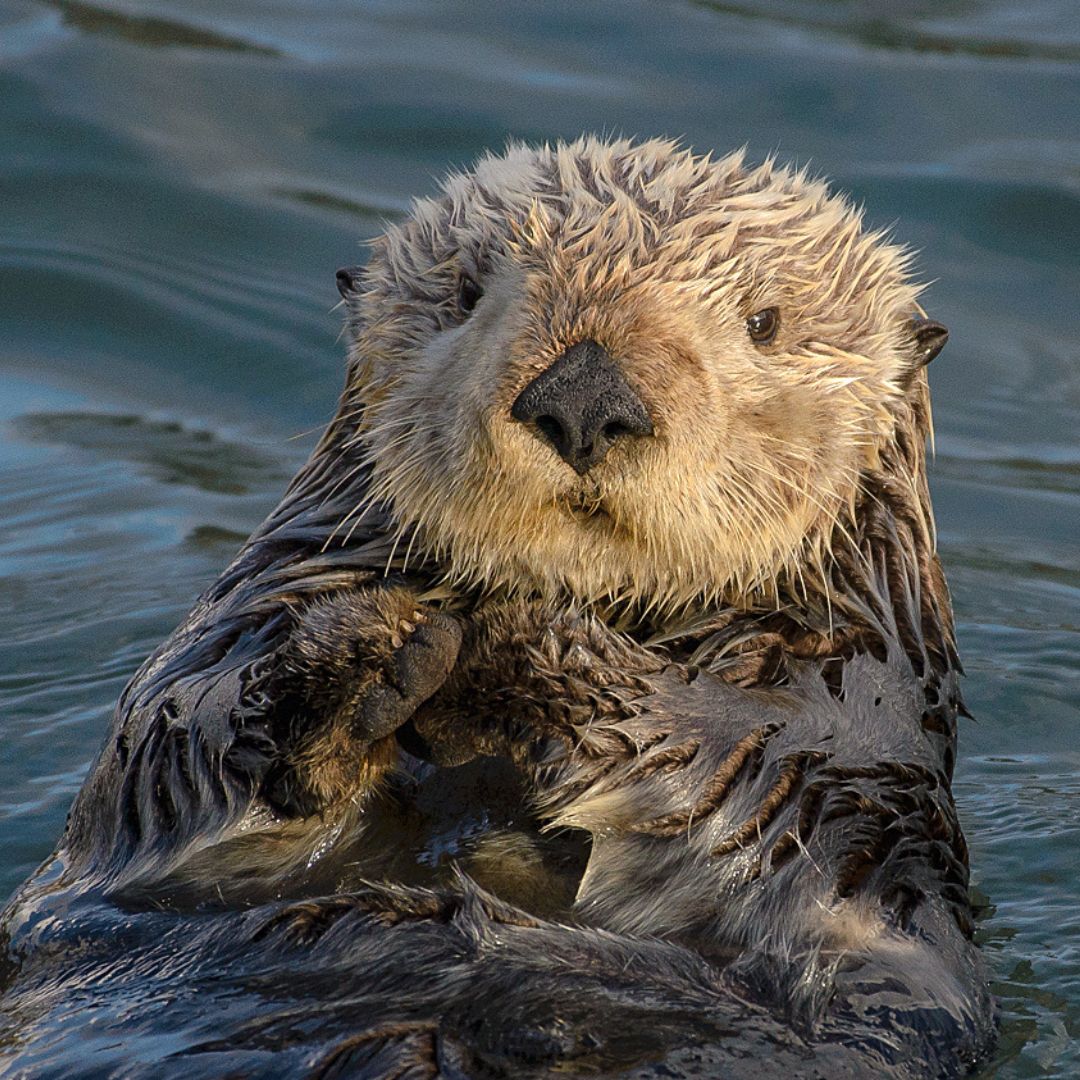There are many types of otters in the world. Some live on land, some in freshwater, others in the sea. Some live in the Americas, others in Asia. However, only one species of otter is fully aquatic – Enhydra lutris. This is the species known as the sea otter. They have webbed feet and powerful tails, which act as rudders, making them strong swimmers. Otters belong to the weasel family, which also includes weasels, honey badgers, and skunks among others.
Also Read, Kangaroo: World’s Largest Hopping Animal
Scientific Classification Of Sea Otters:
Sea otters belong to the kingdom Animalia, the phylum Chordata, and the class Mammalia. They are part of the Mustelidae family, which includes other carnivorous mammals like weasels, honey badgers, and skunks. Furthermore, sea otters fall under the order Carnivora, which encompasses a wide range of carnivorous species.

Sea Otters Habitat – Coastlines and Oceans:
Sea otters are primarily found along the coastlines of the North Pacific Ocean. Their habitat ranges from Russia to Alaska, and they also inhabit the western coast of North America, down to California. They prefer environments with rocky shorelines, kelp forests, and coastal estuaries where they can find their favorite food sources.
Average Lifespan:
In the wild, sea otters have an average lifespan of around 9 years. However, in captivity, they can live up to an impressive 21 years.
Diet – Carnivores of the Ocean:
As carnivores, sea otters have a diverse diet, allowing them to maintain their energetic lifestyle. Their menu typically includes sea urchins, crabs, mussels, clams, and various other invertebrates found in their coastal habitats.
IUCN Red List Status – Endangered:
Sadly, despite their charm and significance in the ecosystem, sea otters are listed as endangered on the IUCN Red List. They face numerous threats, including historical overhunting for their fur, habitat loss, pollution, and oil spills, which have severely impacted their population.
Sea otters (Enhydra lutris) are marine mammals belonging to the Mustelidae family. There are two main types or species of sea otters:
Northern Sea Otter (Enhydra lutris kenyoni): This species is found along the coasts of the northern Pacific Ocean, including Alaska, Canada, Russia, and Japan.
Southern Sea Otter (Enhydra lutris nereis): This species inhabits the coastal waters of California, USA.

Sea Otters: A Fascinating Journey through Their Taxonomy
The classification of living organisms provides us with a systematic way to understand their evolutionary relationships and biological characteristics. Sea otters, like all living beings, are categorised within the taxonomic hierarchy, starting from the broadest category down to the most specific. Let’s take a closer look at the taxonomic classification of sea otters:
Kingdom: Animalia
Phylum: Chordata
Class: Mammalia
Order: Carnivora
Family: Mustelidae

Here are some interesting facts about sea otters:
1. Sea otters have the highest density of fur of all animals. They average 1 million hairs every square inch. The hair keeps them warm!
2. Sea otters use their armpits as a carry bag. They have loose and saggy skin in their armpits that create space for them to store things like rocks. They use rocks as a tool to help them crack hard-shelled clams for food.
3. They can hold their breath for 5 minutes. They can search for food underwater for extended periods of time thanks to their enormous lung capacity.
4. Sea otters love deep dives. Most of their dives are within 60 feet of the surface, although they can dive as deep as 300 feet for food.
5. Otters sleep on their backs while floating and they hold hands when they sleep, so they do not drift apart. A group of sea otters floating together is called a raft.
6. Sea otters can eat 25% of their body weight in food each day. Their diet is varied but you can commonly find them munching on sea urchins, crabs, mussels and clams.
7. Approximately 90 percent of the world’s sea otters live in coastal Alaska.
8. Sea Otters are considered a keystone species.
9. Keystone species are those plants or animals that play a vital role in the working of the ecosystem.
Watch Full Video On, The Largest Bear In The World

